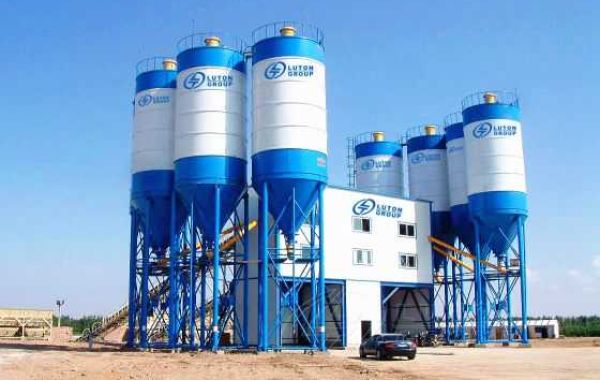The weighing system in a concrete mixing plant is a key link in ensuring the production quality of concrete materials, and its accuracy directly affects the precision of concrete mix proportions.
In the weighing system, sensors serve as the core components and undertake the important task of converting material weight into electrical signals. However, during use, sensors often experience various malfunctions that affect the normal operation of the mixing plant. This article will introduce the common faults and maintenance methods of sensors in the weighing system of concrete mixing plants.
Common Faults
- The sensor reading is inaccurate or fluctuates greatly
The data displayed on the monitor fluctuates greatly and the readings are inaccurate.
Poor contact caused by loose sensor plug, or short circuit caused by worn sensor circuit.
Solution
Regularly check the connection of the sensor plug and circuit to ensure good contact;
Determine whether there are faults and deviations based on the sensor output parameters, and replace damaged sensors in a timely manner.
- Sensor Damage
Fault manifestation
The sensor cannot work normally, and the weighing system has no display or abnormal display.
Reason for malfunction
The sensor has been subjected to excessive pressure or tension for a long time, resulting in damage to internal components;
Installation was not carried out in accordance with the specifications, such as the sensor being subjected to torque.
Solution
Replace the damaged sensor and strictly follow the installation specifications to ensure that the sensor only withstands positive pressure or tension.
- Sensor Zero Drift
Fault Manifestation
When the sensor is unloaded, the output signal is not zero, resulting in weighing errors.
Reason for malfunction
Long term operation of the sensor may cause internal component aging, or external environmental changes ( such as temperature and humidity ) may affect it.
Solution
Regularly recalibrate the zero point of the sensor to ensure its accuracy;
Strengthen environmental control and reduce the impact of external environment on sensors.
- Sensor overload
Fault manifestation
The sensor is damaged due to exceeding the rated load, causing the weighing system to malfunction.
Reason for malfunction
During the operation of the mixing plant, the amount of material added is too large or the sensor selection is improper.
Solution
Select appropriate sensors to ensure their load-bearing capacity meets the requirements of the mixing plant;
Strengthen operational training to avoid excessive material deployment.
Maintenance Methods
- Regular inspection and cleaning
Regularly inspect sensors and their connecting circuits to ensure no looseness or wear;
Clean the dust and residue on the sensor and weighing hopper to prevent them form affecting the weighing accuracy;
Check the dust-proof canvas and exhaust hose to prevent the accumulation of residual materials from affecting the weighing accuracy.
- Standardized Installation And Operation
Strictly follow the installation specifications of the sensor to ensure that the sensor only bears positive pressure or tension;
Avoid welding operations on the weighing hopper.
If necessary, disconnect the control power supply and take protective measures;
Strengthen the skill training of operators to ensure the correct use of weighing systems.
- Regular Calibration
Regular calibration and calibrate the sensor using standard weights or corresponding accurate weight items to ensure its accuracy;
Regular calibration shall be carried out in accordance with the calibration specifications stipulated by national standards to ensure that the weighing system complies with national standards.
- Environmental Control
Strengthen the environmental control of the mixing plant and reduce the impact of external environmental factors such as temperature and humidity on the sensors;
During winter construction, pay attention to anti freezing measures to avoid damage caused by liquid freezing in the weighing hopper and sensors.
- Spare Parts Management
Reserve a certain amount of sensor spare parts so that they can be replaced in a timely manner when the sensor is damaged;
Regularly inspect and maintain spare parts to ensure they are in good condition.
More details on concrete batching equipment are available on lutonmachinery.com.
In summary, the common faults of the weighing system sensors in concrete mixing plants mainly include inaccurate readings, damage, zero drift, and overload. By regular inspection and cleaning, standardized installation and operation, regular calibration, environmental control, and spare parts management, the occurrence of sensor failures can be effectively reduced, and the accuracy and reliability of weighing systems can be improved.







